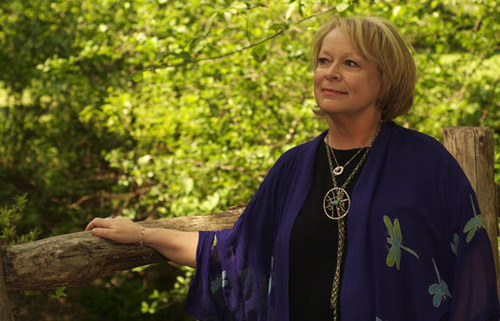
I think that sometimes people associate writers and critics with being pretentious snoots. One need not act like a pretentious snoot. One of the more successful women I think of in writing happens to also be one of the least pretentious un-snooty women I think of in writing. Another thing that I respect in this woman is that she is a fiction writer herself, so she like, knows what it’s like, man. I thought interviewing her would be helpful for anyone who acts like a pretentious snoot. Also helpful for the rest of us because she’s deep, man.
Jane Ciabattari was the President of The National Book Critics Circle for three years, supports both commercial and indie writing (she has an e-book coming out with Dzanc later this month), and as she tells us, has a love of both print and online publishing and talks to us about why, and apparently she has a sticker in her office which reads, quote: “All my shit’s online.” Love, Nicolle
NICOLLE ELIZABETH: Hey Jane! Thanks for chatting with us for Go Forth. So, what is being the President of The National Book Critics Circle like?
JANE CIABATTARI: Hectic, demanding, addictive. The awards alone involve a year-long commitment; the 24 members of the board read continuously, suggest books, discuss, argue, come together three times over the year for day-long meetings, come up with longlists, advocate, fight for favorites, then vote on a shortlist in a day-long board meeting in January. Then, in March, in a half-day marathon meeting we vote on six winners in six categories. It’s insane. You have to love books ferociously. Happily, I do.
Here’s my Paris Review culture diary from one January finalists’ day, and I wrote about how we choose the winners in March, here.
I spent three years as the president. I loved it. But after two terms, I was happy to clear time for my own writing. I’m still on the NBCC board. I’m now Vice President/Online, in charge of the social networking and Critical Mass, the blog (I’m the only one left since the beginning in April 2006, when John Freeman was president and Rebecca Skloot was running the tech stuff).
I got involved in planning and moderating hundreds of events, featured readings at AWP, a team of stand-up critics at PEN World Voices Festival, regional events at Prairie Lights, City Lights, all the great bookstores and other venues. And, of course, book reviewing was pronounced dead or dying, and then didn’t disappear at all, which I wrote about in “Back from the Dead.”
NE: When did you realize that you were a writer?
JC: Fourth or fifth grade. I won a cherry tree for...
You have reached your article limit
Sign up for a digital subscription and continue reading all new issues, plus our entire archives, for just $1.50/month.
Already a subscriber? Sign in




